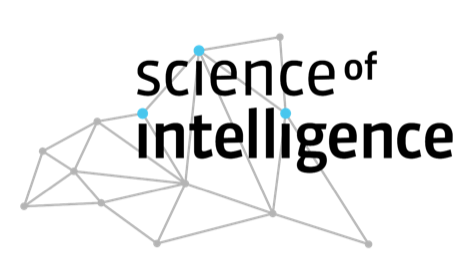What is the glass ceiling?
Glass ceilings, bamboo ceilings, concrete ceilings, sticky floors, and glass closets might sound like structural features, but they describe the subtle, persistent barriers people from underrepresented groups sometimes face. Like tokenism (see previous article), these metaphors reflect the hidden challenges many face, especially in academia.
In this context, such barriers prevent qualified individuals from advancing into senior academic or leadership roles. They appear in biased promotions, unequal access to research funding and publishing opportunities, and limited mentoring. Common reasons include stereotypes, limited networks and mentorship, and early-career discrimination, especially during entry-level hiring. They’re also part of broader patterns known as the scissors chart, glass cliff, and glass escalator.
- The scissors chart shows how men’s and women’s careers often start at the same level but diverge over time, with fewer women reaching top roles.
- The glass cliff describes how women and people from underrepresented groups are more likely to be put in leadership roles during crises, high-risk situations that increase their chances of failure and blame, often damaging their careers and reputations.
- In contrast, the glass escalator describes how men, especially white, heterosexual men, often rise quickly in female-dominated professions. This benefit rarely applies to men from underrepresented groups, showing how race and gender shape professional advancement.
These dynamics aren’t just unfair. They waste talent. Academia thrives on diverse perspectives, and excluding people based on identity limits progress.
Real change requires action. Universities need transparent hiring, measurable diversity goals, and decision-makers trained to recognize bias. Affected individuals can build networks, seek mentorship, document inequities, and speak up, even when it’s difficult.
Resources and Further Readings
- Abelson, J. S., Chartrand, G., Moo, T.-A., Moore, M., & Yeo, H. (2016). The climb to break the glass ceiling in surgery: Trends in women progressing from medical school to surgical training and academic leadership from 1994 to 2015. The American Journal of Surgery, 212(4), 566–572.e1. https://www.sciencedirect.com/science/article/pii/S0002961016303506
- Adamovic, M. and Leibbrandt. (2023). Is there a glass ceiling for ethnic minorities to enter leadership positions?Evidence from a field experiments with over 12,000 job applications. The Leadership Quarterly 34 (2). https://www.sciencedirect.com/science/article/pii/S1048984322000583?ref=pdf_download&fr=RR-2&rr=93bf103f5e7de511#b0370
- Clerkin, C. (2024). More Women Work in Nonprofits. So Why Do Men End Up Leading Them? Harvard Business Review. https://hbr.org/2024/04/more-women-work-in-nonprofits-so-why-do-men-end-up-leading-them?utm_source=chatgpt.com
- Corsi, M., D’Ippoliti, C., & Zacchia, G. (2020). On the evolution of the glass ceiling in Italian academia: The case of economics. Science in Context. Cambridge University Press. https://www.cambridge.org/core/journals/science-in-context/article/on-the-evolution-of-the-glass-ceiling-in-italian-academia-the-case-of-economics/FA1ECE5B84D47247AD1B5F21683A928C
- Taparia, M., & Lenka, U. (2024). A bibliometric overview of research on the glass ceiling for women. Management Review Quarterly. https://doi.org/10.1007/s11301-024-00457-6
- Obenauer, W. G., & Langer, N. (2019). Inclusion is not a slam dunk: A study of differential leadership outcomes in the absence of a glass cliff. The Leadership Quarterly, 30(6), 101334. https://www.sciencedirect.com/science/article/abs/pii/S1048984318305976?via%3Dihub
- Xiao, Yunyu, Edward Pinkney, Tianzi Li, and Paul S. F. Yip. 2023. “Breaking through the Glass Ceiling: Unveiling Women’s Representation by Gender and Race in the Higher Education Hierarchy.” Humanities and Social Sciences Communications 10, Article 975. https://www.nature.com/articles/s41599-023-02481-5





